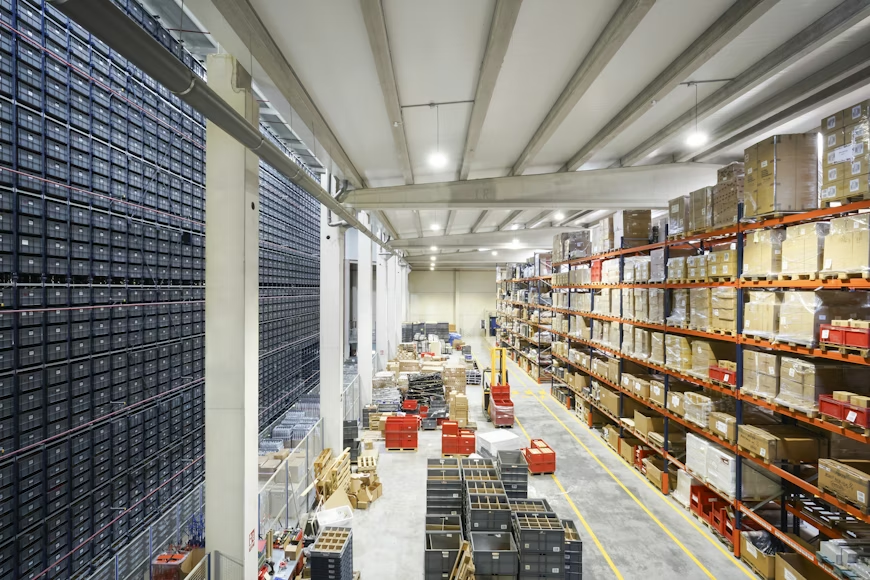The spread of fake drugs has become a major problem in the intricate world of the pharmaceutical industry. This problem has been made worse by the Covid-19 pandemic, increased need for business resilience, and the rapid advancement of technology. The aforementioned variables have combined to facilitate the entry of counterfeit pharmaceutical products into several phases of the pharmaceutical supply chain (PSC). This is particularly evident in the recent spike in weight loss medicine counterfeiting in Europe, which has raised concerns over public health.
The US Food and Drug Administration (FDA) has noted that the lack of medications is a contributing factor to this problem, which is further complicated by production disruptions, quality control problems, and logistical delays. Sreedhar Patnala, vice president of digital products at Systech, a business that specializes in digital identity and traceability solutions, claims that the need for better management of the industry is highlighted by the delays in providing patients with necessary, life-saving therapies.
Patient safety and public health are seriously at danger due to the pharmaceutical supply chain’s susceptibility to fake medications. New studies, including as a study that was published in Methods and Protocols, predicts that counterfeit medications will continue to infiltrate markets, especially countries with laxer or inefficient PSC regulations. This scenario highlights the necessity for more comprehensive and stringent countermeasures to protect health and guarantee the integrity of pharmaceutical products, in addition to focusing on wider patient demographics.
Digital technologies have the potential to improve visibility, authenticate products better, and make it easier to track medications from manufacturing to consumption throughout the supply chain. The goal of the supply chain’s digital transformation is to reduce the danger of counterfeit medications by promoting adaptability, agility, and regulatory compliance.
Real-time insights and data accuracy are made possible by technological solutions such as barcoding, serialization, and anti-counterfeiting packaging; these are further supported by the use of advanced tracking systems, temperature monitoring, digital verification, artificial intelligence (AI), blockchain, and predictive analytics. These instruments guarantee the safe and transparent flow of goods across the supply chain in addition to facilitating their identification.
It is essential to work together to build new medicine serialization and traceability procedures. Through their ability to facilitate worldwide alignment on identification procedures, stakeholders, including manufacturers, distributors, and pharmacists, can help remove counterfeit medications from the supply chain.
Regulations such as the Drug Supply Chain Security Act (DSCSA) and the Unique Device Identification (UDI) System are a step in the right direction toward safer and more transparent pharmaceutical supply chains. To prevent drug shortages and improve patient safety, these regulations require the complete tracing and identification of pharmaceuticals and medical equipment from the point of creation.
The end objective of the pharmaceutical business is still very much the same as it moves through these technological and legislative developments: creating a pharmaceutical supply chain that is both robust and impervious to the dangers posed by fake medications. This initiative not only safeguards patient health but also builds global confidence in pharmaceutical products.
This dedication to cooperation and innovation throughout the pharmaceutical supply chain emphasizes how important digitalization and regulatory compliance are to solving one of the most important problems facing the sector. The pharmaceutical business seeks to guarantee the safety and authenticity of its products by implementing stringent security protocols and utilizing traceability technologies. This ultimately aims to protect patient health and raise public confidence in medical treatments worldwide.
The persistent attempts to defend the pharmaceutical supply chain from fake pharmaceuticals highlight how crucial it is to adapt and develop continuously in response to new threats. The pharmaceutical industry’s capacity to identify, stop, and get rid of fake pharmaceuticals will surely improve as technology develops and legal frameworks change, which will be a major step in the direction of a more dependable and safe international healthcare system.
The pharmaceutical supply chain is at the vanguard of innovation in this age of digital transformation, utilizing cutting-edge technologies to make the process of providing life-saving medications to those in need safer, more transparent, and more effective. The path to a pharmaceutical supply chain free of counterfeit products is difficult and multifaceted, but major progress is being made in this direction thanks to regulatory backing and cooperative efforts.
The Supply Chain Report remains committed to offering unbiased, educational, and current coverage of the developments and difficulties facing the supply chain sector, particularly with regard to the vital battle against fake medications. Our continuous reporting and analysis seek to advance the industry’s knowledge of and efforts to address this worldwide problem.
Explore top supply chain news stories at The Supply Chain Report. Visit ADAMftd.com for free international trade tools.
#TheSupplyChainReport #SupplyChainDigitalization #PharmaceuticalSafety #CounterfeitMedicine #DrugTraceability #SupplyChainSecurity #RegulatoryCompliance #HealthcareInnovation #SupplyChainTechnology #SupplyChainNews #DigitalTransformation #PatientSafety #GlobalHealthcare #AntiCounterfeit #SupplyChainInnovation #PharmaSecurity #DataIntegrity #TechnologyInHealthcare

















